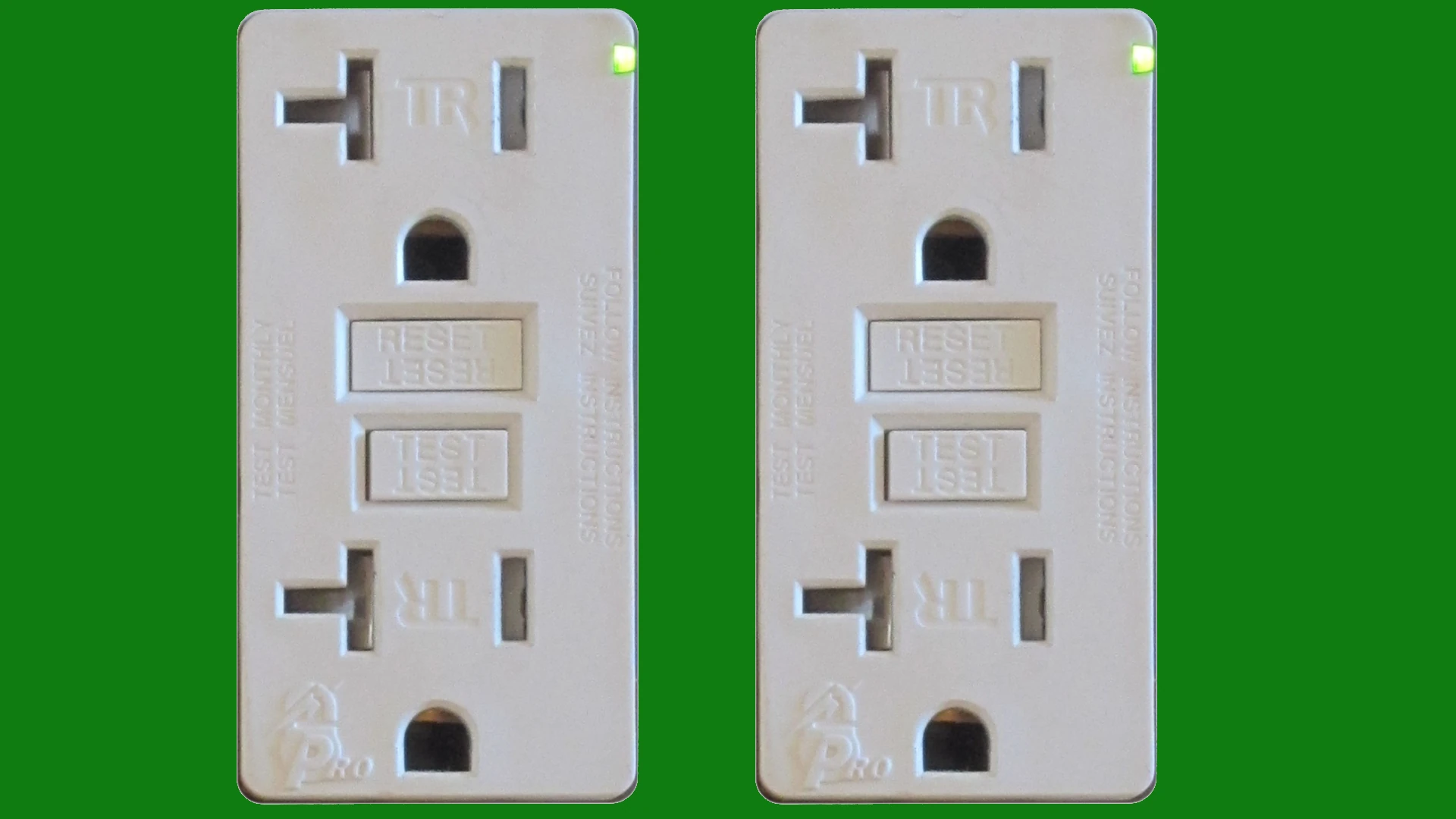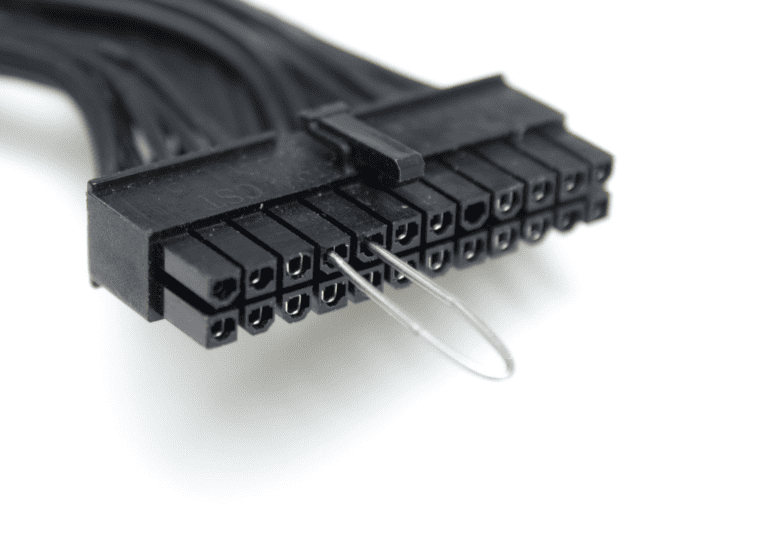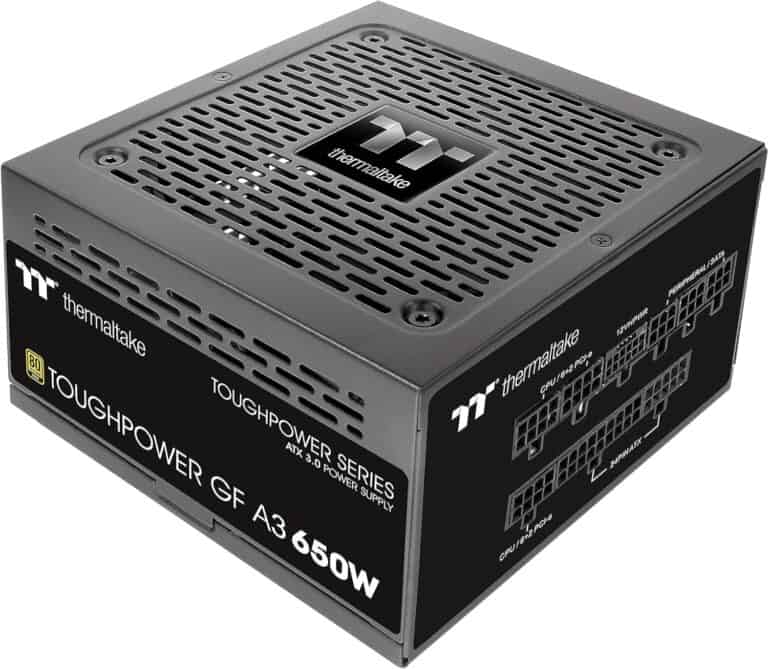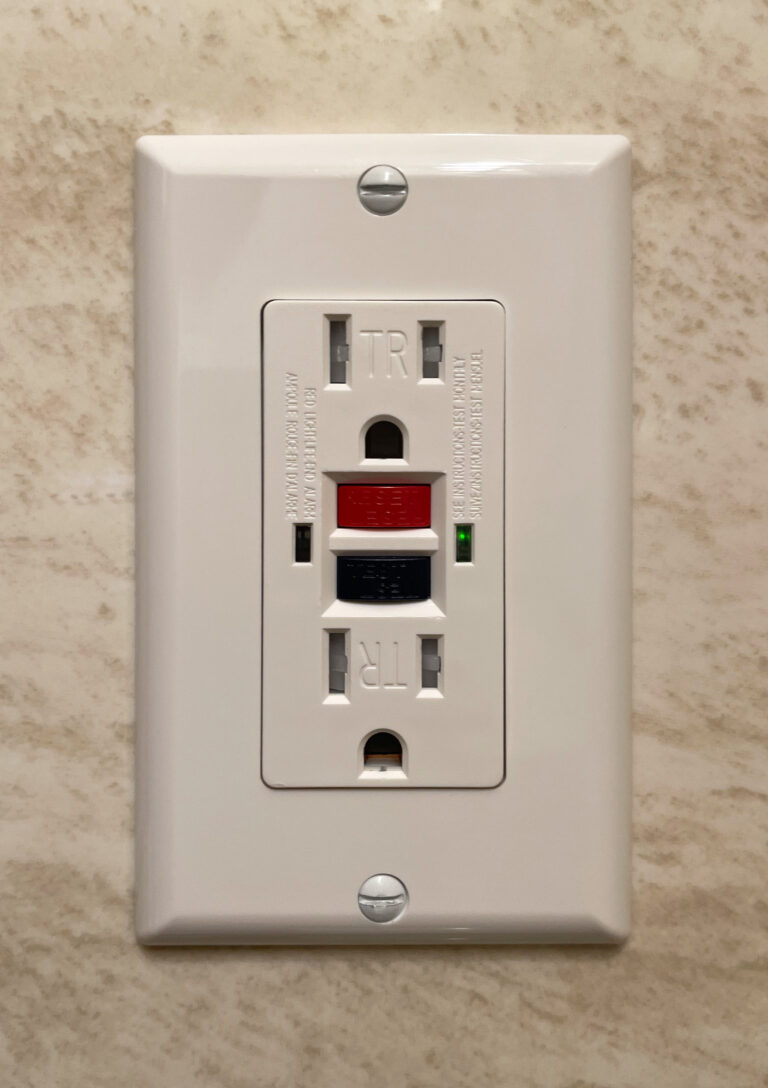Tamper resistant outlets are a special type of electrical outlet designed to keep kids safe. They look like regular outlets but have built-in safety features. Inside, they have small shutters that only open when a plug is pushed in. This prevents kids from inserting objects like keys or paperclips. The shutters stay closed unless both prongs of a plug are inserted at the same time. These outlets are now required in most new homes and buildings to prevent shocks and burns.
Many parents also choose to replace old outlets with tamper resistant ones for added safety. These outlets are crucial for protecting children from electrical hazards. Understanding and installing these outlets can significantly enhance the safety of your home, especially for young children who may be curious about electrical outlets. Let’s explore how these outlets work, where they’re required, and why they’re an essential upgrade for any home.

What is a Tamper Resistant Electrical Outlet?
A Tamper Resistant (TR) Electrical Outlet is a special type of electrical receptacle designed to prevent accidental electrical shocks, especially in homes with children. These outlets look very similar to standard outlets but include built-in safety features that block foreign objects from being inserted.
Key Features of Tamper Resistant Outlets
- Safety Shutters: Inside the outlet, there are spring-loaded shutters that remain closed unless equal pressure is applied simultaneously to both slots (as when plugging in a proper plug). This prevents children from inserting objects like keys, paperclips, or other foreign items.
- Identifiable Markings: TR outlets are often marked with “Tamper Resistant” or the letters “TR” on the faceplate.
- Same Size and Shape: They look almost identical to regular outlets, so they can be easily installed as replacements without changing the appearance of your home.
Why Are Tamper Resistant Outlets Important?
- Child Safety: They significantly reduce the risk of electrical shock injuries in children who might try to insert objects into outlets.
- Code Compliance: Since 2008, the National Electrical Code (NEC) requires tamper resistant receptacles in most residential settings, including new homes and renovations, especially in areas accessible to children.
- Peace of Mind: They provide a permanent, automatic safety solution without requiring additional childproof covers.
Where Are Tamper Resistant Outlets Required?
According to current electrical codes, TR outlets are required in:
- All new residential construction.
- Areas accessible to children such as bedrooms, living rooms, kitchens, bathrooms, garages, and hallways.
- Childcare facilities and schools.
How Do Tamper Resistant Outlets Work?
When you try to insert a foreign object into one slot only, the internal shutters block access. Only when a plug with two prongs is inserted simultaneously into both slots do the shutters open, allowing electrical contact.
Installation and Replacement
- Tamper resistant outlets can be installed just like standard outlets.
- It is recommended to replace older, non-TR outlets in homes with children for enhanced safety.
- Installation should follow local electrical codes and, if unsure, be performed by a licensed electrician.
Summary
Tamper resistant electrical outlets are a simple, effective safety upgrade that helps prevent electrical injuries by blocking access to the outlet’s contacts unless a proper plug is inserted. They are now standard in new homes and renovations, providing peace of mind for families.
References
- Electrical Safety Foundation International (ESFI) – What is a Tamper Resistant Receptacle?
- Family Handyman – Where Is a Tamper Resistant Outlet Required?
- Home Inspection Insider – What are Tamper-Resistant Receptacles (Explained)
Childproofing Your Home with Tamper Resistant Electrical Outlets
What is a Tamper Resistant Outlet?
Tamper resistant outlets (TROs), also known as tamper resistant receptacles (TRRs), are electrical outlets designed to prevent children from inserting objects into them. They have built-in shutters that block the openings unless a plug is inserted properly. This simple yet effective feature helps to protect children from electrical shock and burns.
How Do Tamper Resistant Outlets Work?
TROs have spring-loaded shutters that cover the slots where you plug in electrical devices. These shutters only open when equal pressure is applied to both sides, as when a plug is inserted. If a child tries to insert a single object, like a paper clip or hairpin, the shutters remain closed, preventing access to the electrical contacts.
Where are Tamper Resistant Outlets Required?
The National Electrical Code (NEC) has required tamper resistant outlets in new and renovated homes since 2008. They are now mandatory in various locations throughout a home, including:
- Bedrooms
- Living rooms
- Family rooms
- Dining rooms
- Kitchens
- Bathrooms
- Hallways
- Laundry rooms
- Outdoor areas
Benefits of Tamper Resistant Outlets
TROs offer several advantages over traditional outlets:
- Increased Safety: The primary benefit is the added layer of protection they provide against electrical shocks and burns, especially for young children.
- Code Compliance: Installing TROs ensures your home meets the latest electrical safety standards.
- Peace of Mind: Knowing that your outlets are tamper resistant can give you peace of mind, especially if you have young children or grandchildren.
Identifying Tamper Resistant Outlets
You can identify TROs by looking for the letters “TR” on the face of the outlet. They may also have a small icon of a child or a hand with a slash through it, indicating they are tamper resistant.
Replacing Standard Outlets with Tamper Resistant Outlets
Replacing standard outlets with TROs is a relatively simple process for a qualified electrician. It involves turning off the power to the circuit, removing the old outlet, connecting the wires to the new TRO, and securing it in the electrical box.
Key Takeaways
- Tamper resistant outlets have shutters that block objects from being inserted
- They prevent kids from getting shocked by outlets
- These safer outlets are now required in most new buildings
Understanding Tamper Resistant Receptacles
Tamper resistant receptacles are special electrical outlets designed to prevent accidents. They have built-in safety features that block foreign objects from being inserted into the slots.
Design and Functionality
Tamper resistant receptacles look like regular outlets but work differently. They have spring-loaded shutters inside that cover the slots. These shutters only open when equal pressure is applied to both sides at the same time. This happens when you plug in an electrical device.
The shutters stay closed if someone tries to put in a single object like a key or paperclip. This stops many common accidents. The shutters block access to the live electrical parts inside the outlet.
These receptacles are made to meet strict safety standards. They are tested by groups like UL to make sure they work right.
National Electrical Code (NEC) Requirements
The NEC now requires tamper resistant receptacles in most new homes and buildings. This rule started in 2008. It applies to all 15-amp and 20-amp, 125-volt outlets in homes.
The code also requires these outlets in other places where kids might be. This includes daycares, preschools, and some business areas. Hotels and motels must use them too.
Older homes don’t have to change their outlets right away. But it’s a good idea to switch to tamper resistant types when replacing old receptacles. This helps keep everyone safer from electrical shocks.
Installation and Applications
Tamper resistant receptacles are now required in many places. They offer important safety benefits for homes and businesses.
Where TR Receptacles Are Required
TR receptacles must be installed in most areas of new homes. This includes living spaces, bedrooms, and kitchens. They’re also needed in many public places:
- Child care facilities
- Schools and preschools
- Medical offices and clinics
- Hotel rooms and common areas
There are a few exceptions. TR outlets aren’t required for receptacles more than 5.5 feet above the floor. They’re also not needed for appliance connections or GFCI outlets in garages.
Safety Benefits in Residential and Commercial Settings
TR outlets prevent electrical shocks and fires. Their safety shutters block foreign objects from entering the slots. This protects curious children who might try to insert items.
In homes, TR receptacles guard against accidents in every room. They’re especially helpful in areas where kids play unsupervised.
For businesses, TR outlets create safer environments for customers and employees. Waiting rooms, lobbies, and public spaces benefit from this added protection.
The Consumer Product Safety Commission reports TR receptacles can prevent many electrical injuries. Their use has helped reduce shock incidents in recent years.
Frequently Asked Questions
Tamper-resistant outlets have special features to keep people safe. They work differently than regular outlets and must follow certain rules.
What are the differences between tamper-resistant outlets and regular outlets?
Tamper-resistant outlets have shutters inside the slots. These shutters block things from going in unless you push both sides at once. Regular outlets don’t have these shutters. Tamper-resistant outlets are safer for kids and homes.
What building codes apply to tamper-resistant outlets?
The National Electrical Code says new homes must use tamper-resistant outlets. Many public places like hotels and schools also need them. Local rules may be stricter in some areas.
How can I tell if an outlet is tamper-resistant?
Look for “TR” stamped on the outlet face. Tamper-resistant outlets may also feel stiffer when you plug things in. The shutters make it harder to insert plugs at first.
What should I do if my plugs are not fitting into a tamper-resistant outlet?
Make sure you’re pushing the plug straight in. Both prongs need to go in at the same time. Don’t force it. If it still won’t work, the outlet might be broken and need fixing.
How exactly do tamper-resistant outlets function?
Tamper-resistant outlets have spring-loaded covers inside. These covers only open when both slots are pushed at the same time. This stops objects from going into just one slot.
Are there any requirements for installing tamper-resistant outlets in residential homes?
New homes must have tamper-resistant outlets in most rooms. Old homes don’t have to change their outlets. But it’s a good idea to use tamper-resistant outlets when replacing old ones.







